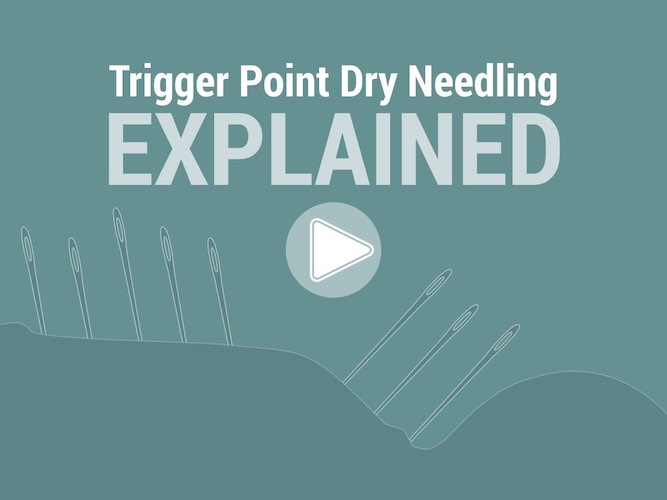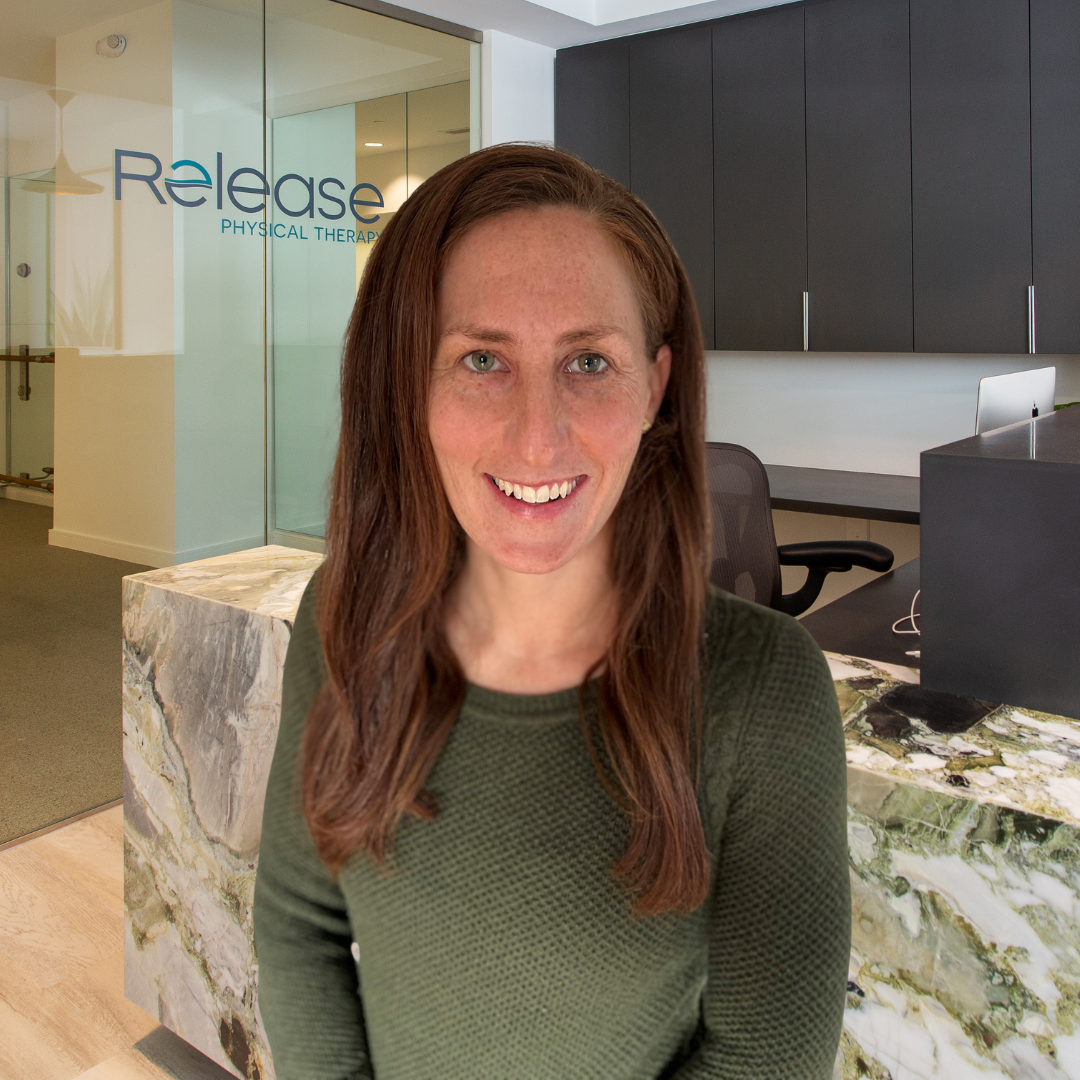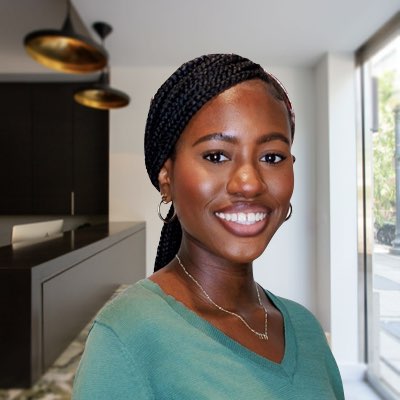Trigger Point Dry Needling
Dry needling Washington DC is a popular treatment at Release Physical Therapy. Dry needling is a procedure in which a solid filament needle is inserted into the skin and muscle directly at a myofascial trigger point. A myofascial trigger point consists of multiple contraction knots, which are related to the production and maintenance of the pain cycle. Trigger points are often the source of chronic pain and dysfunction. Dry needling is used to treat a variety of conditions from back pain to carpel tunnel syndrome, to jaw pain and migraine headaches
How does dry needling work?
The exact mechanisms of dry needling are not known. There are mechanical and biochemical effects. Based on the pioneering studies by Dr. Jay Shah and colleagues at the National Institutes of Health, we know that inserting a needle into trigger points can cause favorable biochemical changes, which assist in reducing pain. It is essential to elicit so-called local twitch responses, which are spinal cord reflexes. Getting local twitch responses with dry needling is the first step in breaking the pain cycle.
Is dry needling the same as acupuncture?
No, physical therapists at Release are not licensed acupuncturists and do not practice acupuncture. However, dry needling falls within the scope of acupuncture practice. In contrast to most schools of acupuncture, dry needling is strictly based on Western medicine principles and research. Licensed physical therapists in a growing number of states can offer dry needling alongside other therapies.
Is dry needling painful?
Most patients do not feel the insertion of the needle. The local twitch response elicits a very brief (less than a second) painful response. Some patients describe this as a little electrical shock; others feel it more like a cramping sensation. Again, the therapeutic response occurs with the elicitation of local twitch responses and that is a good and desirable reaction.
What side effects can I expect after a dry needle treatment?
Most patients report being sore after the procedure. The soreness is described as muscle soreness over the area treated and into the areas of referred symptoms. Typically, the soreness lasts between a few hours and two days.
What should I do after having dry needling therapy?
Our recommendations vary depending on the amount of soreness you have and on the individual response to the treatment. Recommendations may include applying heat or ice over the area, gentle stretches and modifications of activities.
How long does it take for dry needling to work?
Typically, it takes several visits for a positive reaction to take place. Again, we are trying to cause mechanical and biochemical changes without any pharmacological means. Therefore, we are looking for a cumulative response to achieve a certain threshold after which the pain cycle is disturbed.
Why is my doctor not familiar with dry needling?
In the US, dry needling is a relatively new method for treating myofascial pain and not everyone is already aware of this effective modality. Feel free to inform your doctor about this treatment option. It is upon all of us to educate others about new and innovative ways to treat pain.
Where does dry needling fit in the entire rehabilitation program?
Generally speaking, dry needling is the modality of choice when it comes to treating patients in the clinic. More frequently, dry needling is needed in the beginning in order to break the pain cycle. Once that is achieved, other treatment options are introduced.
How often do I need dry needling to maintain my progress?
The musculoskeletal system is under constant pressure from gravity, stress, work etc. A regular exercise program combined with good posture can prevent many problems. If the pain comes back, “tune-ups” are recommended to treat and prevent serious injuries with trigger point dry needling.
Dry Needling Washington DC
Myofascial pain, or “trigger point” pain is often the source of chronic pain and dysfunction, yet it is widely ignored by many health care providers. For this reason, we assess our patients with a detailed and specific muscle examination to determine an individualized treatment plan that may include dry needling procedures.
All Physical therapists at Release Physical Therapy have advanced credentials in the technique of dry needling. They have been trained to identify and efficiently treat muscular trigger points in over 100 muscles throughout the body.
Is dry needling the same as acupuncture?
No, physical therapists at Release are not licensed acupuncturists and do not practice acupuncture. However, dry needling falls within the scope of acupuncture practice. In contrast to most schools of acupuncture, dry needling is strictly based on Western medicine principles and research. Licensed physical therapists in a growing number of states can offer dry needling alongside other therapies.
Is dry needling painful?
Most patients do not feel the insertion of the needle. The local twitch response elicits a very brief (less than a second) painful response. Some patients describe this as a little electrical shock; others feel it more like a cramping sensation. Again, the therapeutic response occurs with the elicitation of local twitch responses and that is a good and desirable reaction.
What side effects can I expect after a dry needle treatment?
Most patients report being sore after the procedure. The soreness is described as muscle soreness over the area treated and into the areas of referred symptoms. Typically, the soreness lasts between a few hours and two days. Our post-treatment recommendations vary depending on the amount of soreness you have and on the individual response to the treatment. Recommendations may include applying heat or ice over the area, gentle stretches and modifications of activities.
Why is my doctor not familiar with dry needling?
In the US, dry needling is a relatively new method for treating myofascial pain and not everyone is already aware of this effective modality. Feel free to inform your doctor about this treatment option. It is upon all of us to educate others about new and innovative ways to treat pain.
How long does it take for dry needling to work?
Typically, it takes several visits for a positive reaction to take place. Again, we are trying to cause mechanical and biochemical changes without any pharmacological means. Therefore, we are looking for a cumulative response to achieve a certain threshold after which the pain cycle is disturbed.
How often do I need dry needling to maintain my progress?
The musculoskeletal system is under constant pressure from gravity, stress, work etc. A regular exercise program combined with good posture can prevent many problems. If the pain comes back, “tune-ups” are recommended to treat and prevent serious injuries with trigger point dry needling.
Where does dry needling fit in the entire rehabilitation program?
Generally speaking, dry needling is the modality of choice when it comes to treating patients in the clinic. More frequently, dry needling is needed in the beginning in order to break the pain cycle. Once that is achieved, other treatment options are introduced.
Dry Needling Washington DC
Dry needling Washington DC is a popular treatment at Release Physical Therapy. Myofascial pain, or “trigger point” pain is often the source of chronic pain and dysfunction, yet it is widely ignored by many health care providers. For this reason, we assess our patients with a detailed and specific muscle examination to determine an individualized treatment plan that may include dry needling procedures. All physical therapists at Release Physical Therapy have advanced credentials in the technique of dry needling. They have been trained to identify and efficiently treat muscular trigger points in over 100 muscles throughout the body.
Dry Needling FAQs
The exact mechanisms of dry needling are not known. There are mechanical and biochemical effects. Based on the pioneering studies by Dr. Jay Shah and colleagues at the National Institutes of Health in Washington DC, we know that inserting a needle into trigger points can cause favorable biochemical changes, which assist in reducing pain. It is essential to elicit so-called local twitch responses, which are spinal cord reflexes. Getting local twitch responses with dry needling is the first step in breaking the pain cycle
Therapeutic dry needling is different from acupuncture, which is based on traditional Chinese medicine and focuses on balancing energy flow within the body. What is dry needling? Dry needling is based on modern Western medicine principles and focused specifically on treating musculoskeletal conditions. The effectiveness of dry needling varies depending on the person and the specific condition they are being treated for. Our physical therapists are not licensed to practice acupuncture but they are all certified in dry needling.
While some may only feel a mild sensation during dry needle insertion, other people might experience a brief sharp pain or a cramping feeling when a needle hits a trigger point. Some patients report mild side effects in the area treated after a treatment session including:
- Mild Discomfort or Pain: Temporary soreness at the needle site.
- Bruising: Minor bruising around the area of needle insertion.
- Bleeding: Small amounts of bleeding at the needle site.
- Fatigue: Feelings of tiredness post-treatment similar to how you might feel after a rigorous workout.
- Muscle Soreness: Sometimes in or near the treatment site.
Post-treatment recommendations from our well-trained team of physical therapists may include applying heat or ice over the area, gentle stretches, and modification of your activities.
Typically, multiple sessions of dry needling therapy are required to achieve optimum benefits. At Release PT, we believe it is important to induce mechanical and biochemical changes without the use of drugs. The desired outcome is to reach a cumulative effect with a threshold, disrupting the cycle of pain.
We are an out-of-network provider, so our patients pay out of pocket for their visits. Your initial evaluation and treatment is $239, and follow-up treatments are $209. All sessions last 55 minutes. To save you time and trouble, we can obtain your out-of-network benefits information from your insurance provider prior to your visit and submit the claims on your behalf. You are then reimbursed directly by your insurance company based on your out-of-network policy. All fees are due at the time of service.
The number of dry needling sessions recommended varies depending on each person’s condition, the severity of their symptoms, and their response to the treatment. In general:
- Initial Treatment: Typically 2-4 sessions to gauge response.
- Evaluation: Assess effectiveness after initial sessions.
- Additional Sessions: More sessions may be recommended based on progress.
- Maintenance: Periodic sessions for sustained benefits, when needed.
The musculoskeletal system experiences constant pressure from gravity, stress, work, and other factors. Consistent exercise and good posture may prevent many issues. If the pain returns, more trigger point dry needling sessions may be recommended to treat and prevent serious injuries. Our physical therapists at Release PT can assist in determining how effective your treatment plan is and can adjust it for you when necessary.
Here are some considerations as to how long the results of dry needling last:
- Immediate Relief: Some experience short-term pain relief for several days post-session.
- Cumulative Effects: Multiple sessions can lead to longer-lasting benefits, potentially extending for weeks or months.
- Individual Variability: Duration of relief varies widely among individuals.
- Condition Dependent: Chronic conditions might require more frequent sessions compared to acute issues, which may show longer-lasting results from fewer sessions.
Dry needling is not advisable for people who have a fear of needles, are on blood thinners, or for those with bleeding disorders. People with compromised immune systems, local skin infections, and pregnant women (especially those in their first trimester) are also advised to stay away from dry needling. Lastly, it’s not recommended for anyone who is allergic to nickel or chromium, or who has had surgery within the last two weeks.
Discuss your medical history with a healthcare provider to determine if dry needling is suitable for you.
After a dry needling session, you should avoid these to ensure the best possible outcome and minimize any adverse effects:
- Strenuous Activity: Avoid intense physical activities, such as heavy lifting or high-intensity workouts, immediately after treatment. This gives your body time to recover and respond to the therapy.
- Alcohol Consumption: It’s advisable to avoid alcoholic beverages because they can increase inflammation and hinder the healing process.
- Ignoring Pain or Discomfort: If you experience significant pain, swelling, or other concerning symptoms, contact your healthcare provider. While some soreness is normal, severe or unusual reactions should be assessed by a professional.
Follow any specific post-treatment instructions given by your healthcare provider, because their instructions may vary based on your individual circumstances and the areas treated.
A dry needle therapy session at Release PT usually lasts 5 to 10 minutes but it is within a 55-minute appointment where other treatments are done as well. Our therapists have advanced credentials and are trained to administer dry needling safely for the best results. They’re skilled in accurately identifying and effectively treating muscular trigger points across more than 100 muscles in the body. Contact us today at Release PT to schedule an appointment for dry needle therapy.







